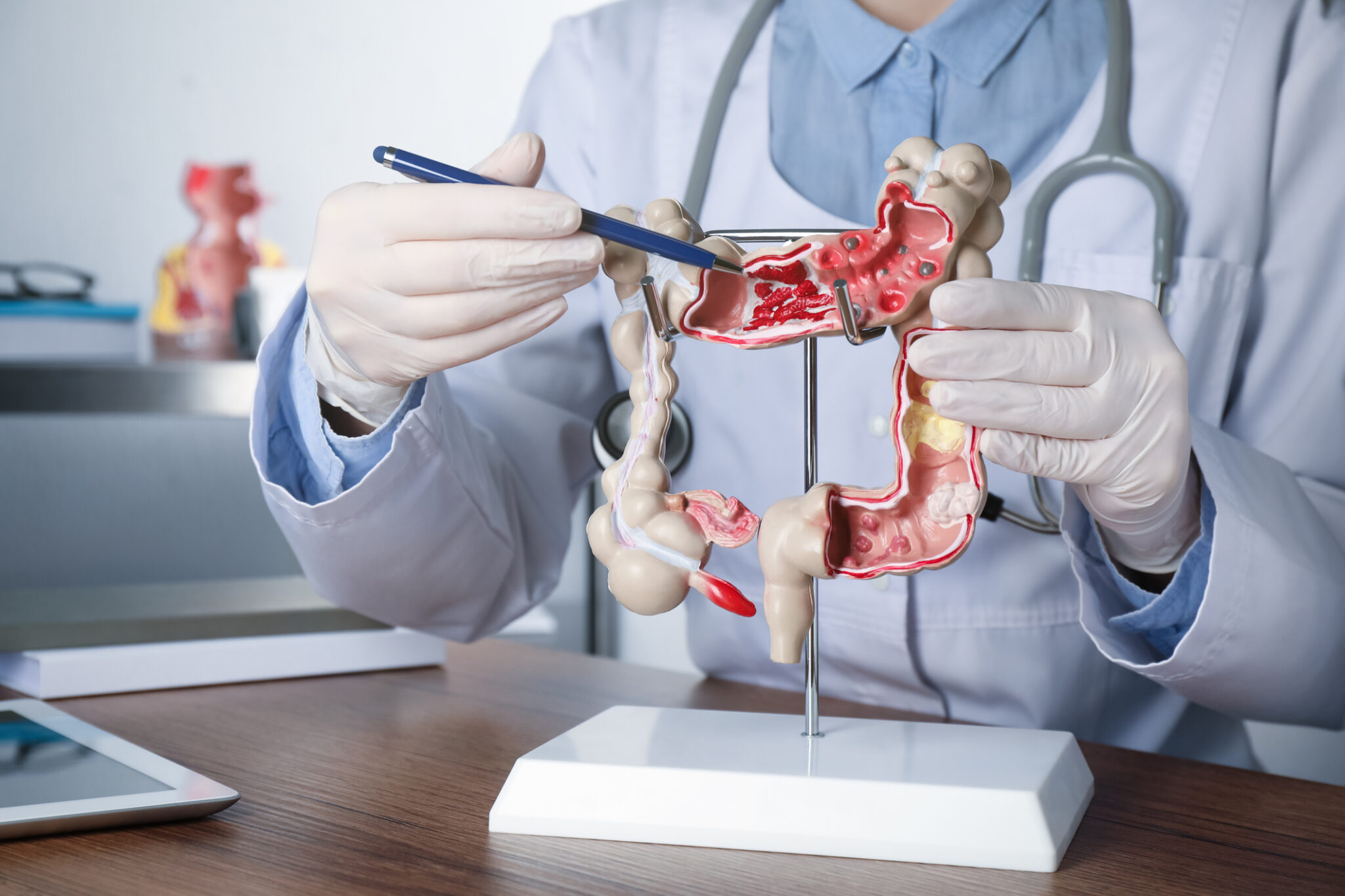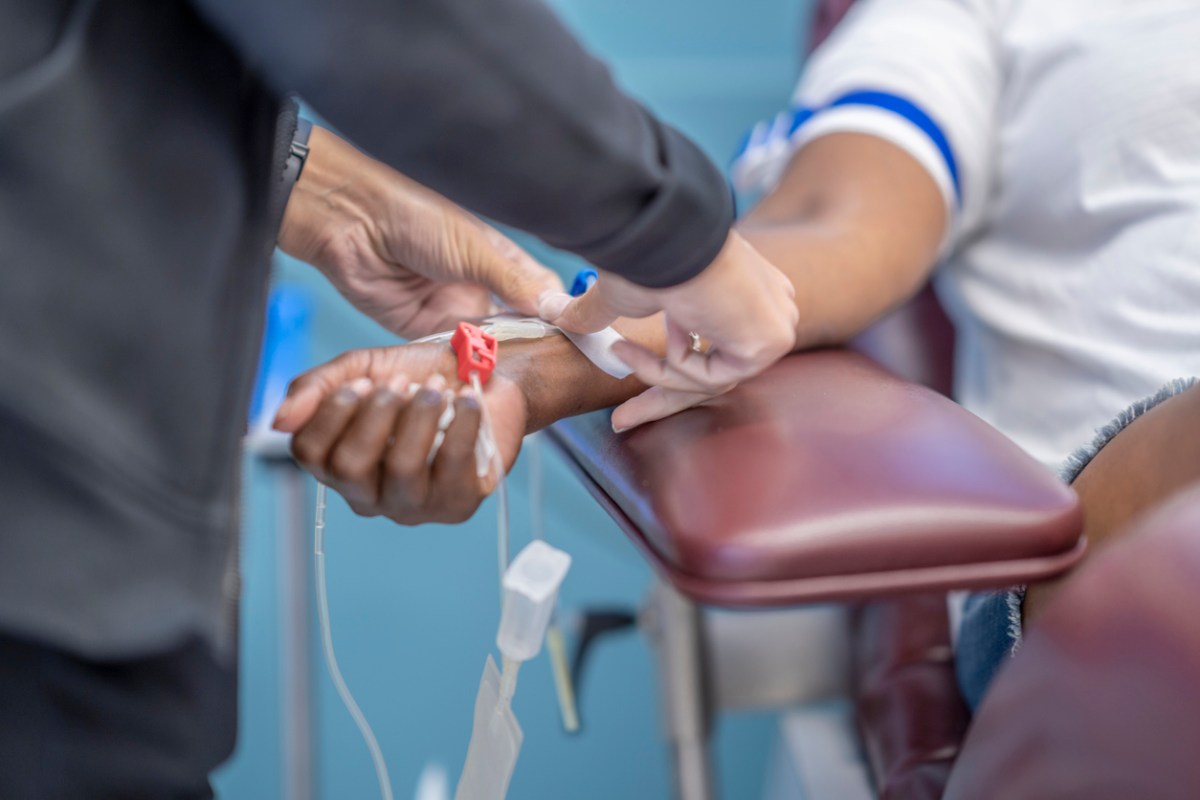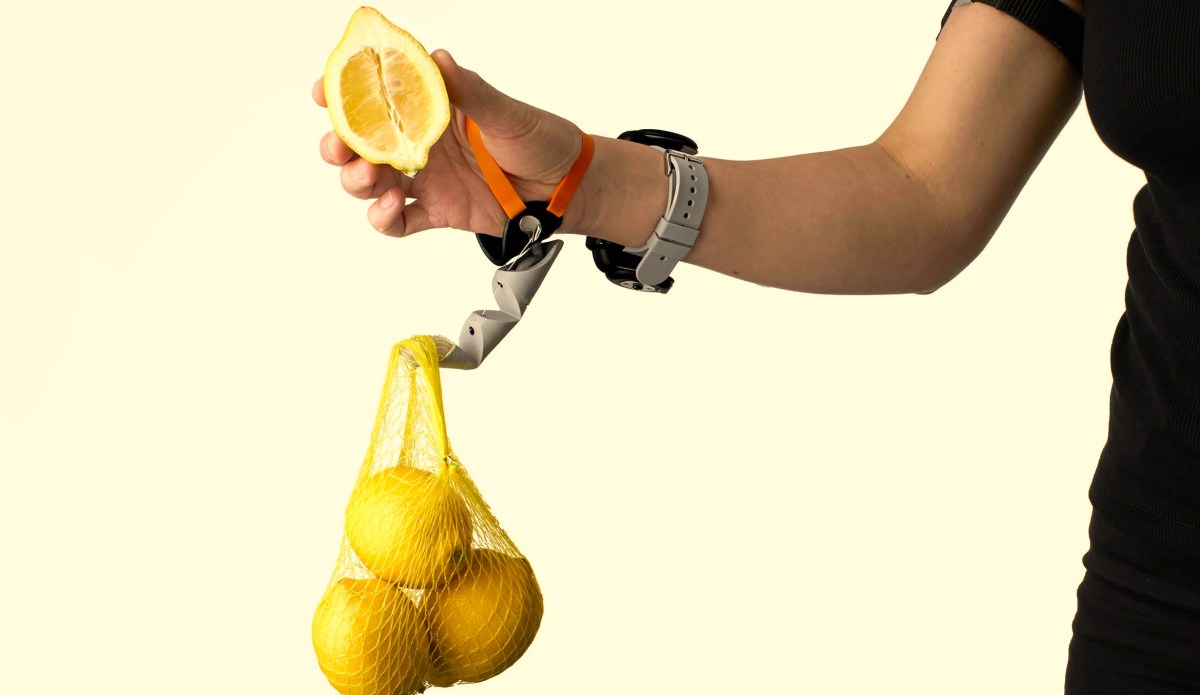What if you could swallow a pill-sized device that could diagnose whether you have a peptic ulcer or a bile obstruction? Engineers at MIT and Caltech have created just that: an ingestible sensor that could help physicians more easily identify and diagnose gastrointestinal motility disorders.
According to the National Institute of Diabetes and Digestive and Kidney Diseases, digestive diseases affect around 60 to 70 million people and cause around 48 million trips to the hospital per year. Up until now, doctors have diagnosed GI motility disorders using X-Rays or catheters, or through more invasive means like endoscopy — a procedure during which a long tube with a camera is inserted down a person’s throat into the esophagus.
This new wireless device could change the game, allowing physicians to pinpoint the problem area without any of the invasive procedures. In a study published in Nature Electronics, the team behind the device revealed their findings.
“Many people around the world suffer from GI dysmotility or poor motility, and having the ability to monitor GI motility without having to go into a hospital is important to really understand what is happening to a patient,” Giovanni Traverso, an associate professor of mechanical engineering at MIT and a senior author of the study, told MIT News. 

The ingestible sensor is shaped like a pill and can be monitored as it passes through a person’s digestive tract. Using magnetism, the sensor is able to detect an external electromagnetic coil outside a person’s body. “The strength of the field varies with distance from the coil, so the sensor’s position can be calculated based on its measurement of the magnetic field,” MIT News explains. Using this data, physicians are able to track where slowdown issues in the digestive system might occur.
Saransh Sharma,a graduate student at Caltech and author of the study, told MIT News, “Because the magnetic field gradient uniquely encodes the spatial positions, these small devices can be designed in a way that they can sense the magnetic field at their respective locations. After the device measures the field, we can back-calculate what the location of the device is.”
For the study, researchers tracked the sensors throughout the digestive systems of several large animals. Based on the findings, the measurements were accurate within 5 to 10 millimeters when compared to X-rays.
As far as next steps, the team is looking to continue conducting trials on animals as they pursue potential manufacturing of the product. They hope to eventually progress to human trials to assess whether the device could be a viable solution in helping those with GI issues.
Traverso said, “The ability to characterize motility without the need for radiation, or more invasive placement of devices, I think will lower the barrier for people to be evaluated.”












